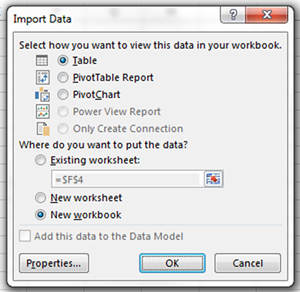The paradox of SharePoint is that it is an IT system, but its successful deployment depends almost entirely on decisions made outside of the IT department.

High adoption has more to do with the way end users are supported and their enthusiasm for the product than it does with anything in the back end, but creating that enthusiasm isn’t just a matter of “selling” it.
If end users see SharePoint as just another unwanted change, they will resist or ignore it. Make them enthusiastic by proving its value as a business problem solving tool.
When to start
A better approach is to make it a priority by finding an essential problem to solve.
Many companies delay deploying SharePoint until some fabled break in their schedule when they have time to work on non-essential projects, but that time never manifests and the portal is perpetually on the boards.
A better approach is to make it a priority by finding an essential problem to solve. SharePoint can solve many productivity issues that affect the bottom line, and by addressing these issues in turn, one by one, SharePoint can gradually ease into its role as the centralized place for collaboration.
Where to start
SharePoint is commonly introduced to a company as a document management system, a function that it does very well from a technical perspective. End users are often skeptical, however, when making such a big change to something as critical as how and where they store their documents. Introducing SharePoint in such a high profile way invites resistance.
Starting with a less critical issue is often the more prudent approach. For example, a project of automating the vacation request form with a SharePoint workflow will touch every employee but keeps the stakes low. If there are any hiccups, no one’s day is ruined.
A different form or process that is important but not urgent may be a better choice. For example, the benefits form and calendar, the expense report, and the sales literature library are important but not urgent. If an employee can’t access them for a day, there aren’t any serious consequences, but employees still have ample reason to be exposed to the new system.
Building toward full adoption
Each department will use the portal in a different way, and IT rarely knows how exactly it will be applied. Give each department an excuse to try it out by addressing a specific need. Once exposed to the possibility, users will volunteer opportunities for automation and business problems that need to be solved.
After collecting buy-in by solving a series of smaller problems, End users will be more enthusiastic to use it for high profile projects.
The best way to eat an elephant is one bite at a time. The best way to roll out SharePoint is one problem at a time.











